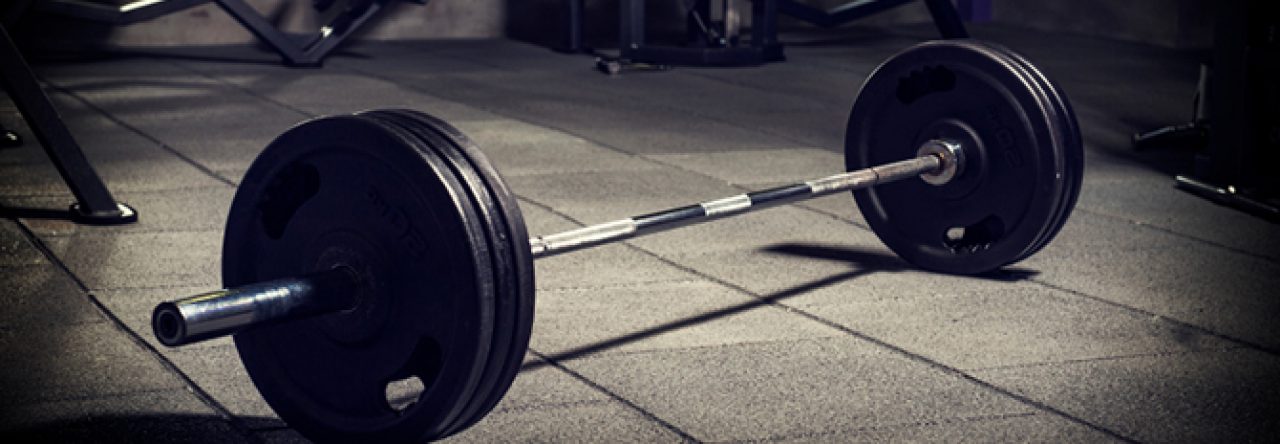Reading Log #5
This week’s readings focused on the different ways in which men and women view their bodies and how they can alter them through exercise. In Jenny Ellison’s chapter, Let Me Hear Your Body Talk: Aerobics for Fat Women Only, 1981–1985 she discusses how many overweight women found comfort in exercising at classes hosted by “Large as Life”[1]. Ellison explains how the women who were a part of this movement were allowed to “participate in health and popular culture in a way that they had not previously believed was available to them”[2]. Ellison’s chapter highlights the fact that at this time women began to feel as if their bodies were there own. Although the problem was not entirely fixed, women came a lot closer to being able to feel as if they had some control over how their body was perceived and also how they felt. This is an interesting contrast to Thomas Wendelboe’s chapter, The Heterosexual Nature of Health and Hygiene Advertisements in the Cold War Era he explores how many men were controlled by heterosexual stereotypes, that were dominating marketing campaigns. Wendelboe highlights how masculinity was linked to “the image of the male athlete”[3] and also how “the healthy male body was a disciplined body”[4]. This is interesting, because it shows how early advertisements began to push men into a certain direction. Furthermore, it proves how men have had issues with their body image for far longer than most people think. The link between both these articles, is the fact that both sexes have issues with how their bodies look and feel. However, in Ellison’s chapter, the women are dealing with being overweight, however, there is a much more positive takeaway from her chapter. Through the LAL movement, many women found empowerment and a sense of community with others who were experiencing similar circumstances. Whereas, Wendelboe’s chapter focuses on how advertisements have led to men feeling very negative about their bodies. Furthermore, Wendelboe shows how these ads promoted homosexuality as a type of disease and that healthy men should refrain from any homosexual tendencies. That notion is extremely psychologically damaging to any man struggling with their sexuality. On a purely physical level, these ads promoted the use of steroids in men for them to fit in and be more masculine. Again the difference between approach is astounding. However, Wendelboe is studying ads that are made to sell a product, whereas, Ellison is focusing on a group of women who are trying to help each other. It is psychologically viable that the overall tone of the chapters are different. However, although the chapters are different, they both show how important body image is and how there are both negative and positive ways to negotiate these images. This week’s readings were enjoyable and I think that the Wendelboe chapter could be useful in my research paper.
[1] Jenny Ellison, “Let Me Hear Your Body Talk: Aerobics for Fat Women Only, 1981–1985” in Gender, Health, and Popular Culture, Historical Perspectives, ed. Cheryl Krasnick Warsh (Waterloo: Wilfrid Laurier University Press, 2017), 193-210.
[2] Jenny Ellison, “Let Me Hear Your Body Talk: Aerobics for Fat Women Only, 1981–1985” in Gender, Health, and Popular Culture, Historical Perspectives, ed. Cheryl Krasnick Warsh (Waterloo: Wilfrid Laurier University Press, 2017), 193-210.
[3] Thomas Wendelboe, “The Heterosexual Nature of Health and Hygiene Advertisements in the Cold War Era” in Bodily Subjects: Essays on Gender and Health, 1800-2000, Ed. Tracy Penny Light (Waterloo: Wilfred Laurier University Press, 2011), 245-263.
[4] Thomas Wendelboe, “The Heterosexual Nature of Health and Hygiene Advertisements in the Cold War Era” in Bodily Subjects: Essays on Gender and Health, 1800-2000, Ed. Tracy Penny Light (Waterloo: Wilfred Laurier University Press, 2011), 245-263.
Bibliography
Ellison, Jenny. “Let Me Hear Your Body Talk: Aerobics for Fat Women Only, 1981–1985” in Gender, Health, and Popular Culture, Historical Perspectives, ed. Cheryl Krasnick Warsh, 193-210. Waterloo: Wilfrid Laurier University Press, 2017.
Wendelboe, Thomas. “The Heterosexual Nature of Health and Hygiene Advertisements in the Cold War Era” in Bodily Subjects: Essays on Gender and Health, 1800-2000, Ed. Tracy Penny Light, 245-263. Waterloo: Wilfred Laurier University Press, 2011.
In my own readings this week, I looked at the article by Stephen Edwards and Catherine Laudner. In this article, they discuss the results of a recent survey they conducted to determine how men feel about their bodies. What is interesting is that many men wanted to be more muscular, in order to become more attractive to women. They also found out that men were just as concerned with their body image as women were. However, the different sexes go about it in different ways. Men want to be muscular and women want to be thin. I think this article will help to highlight how men are very concerned with how they look. Furthermore, they are specifically interested in becoming more muscular. This may help to link to the film Pumping Iron. Also almost every secondary source I have found was written in the 1990’s, so there may have been a resurgence in physicality or just a stronger interest in studying men’s obsession with body image.

Leave a Reply